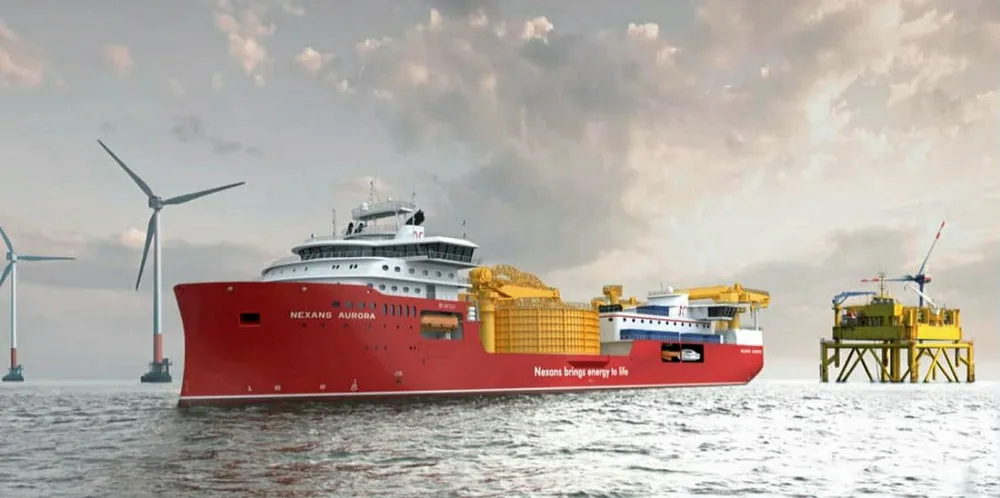US Atlantic offshore wind transmission play sees lead-off cable deal
Eversource and Orsted sign up Nexans for 1,000km of export line, with projects totalling 1.7GW in development

Eversource and Orsted sign up Nexans for 1,000km of export line, with projects totalling 1.7GW in development
